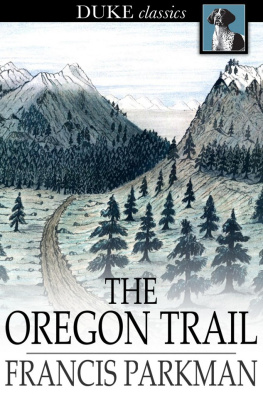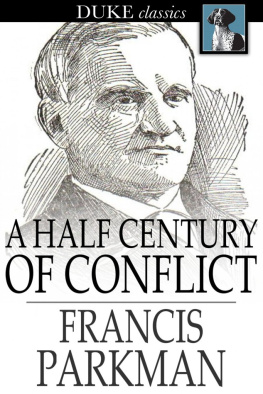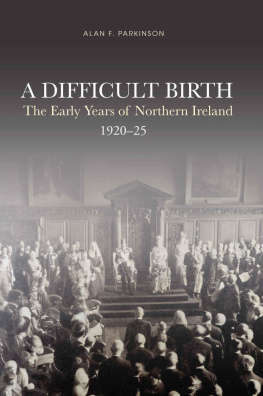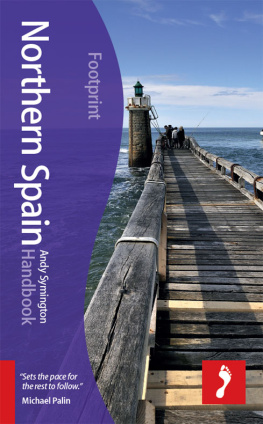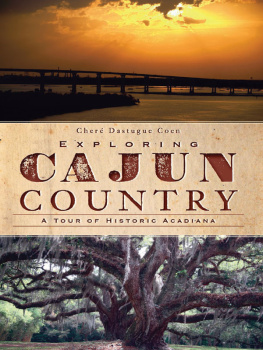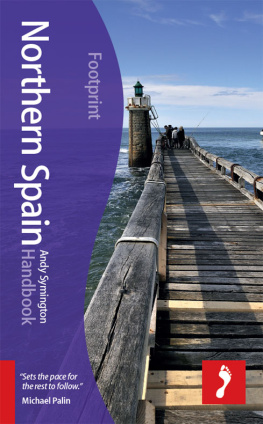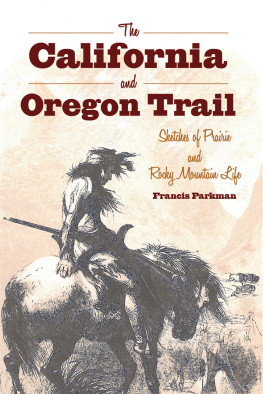DISCOVERY OF LAKE CHAMPLAIN.
Table of Contents
T his beautiful lake owes its name to Samuel de Champlain, the founder of Quebec. In 1609, long before the Pilgrim Fathers landed at Plymouth, he joined a band of Huron and Algonquin warriors on an expedition against their enemies, the Iroquois, since known as the Five Nations of New York. While gratifying his own love of adventure, he expected to make important geographical discoveries.
After a grand war dance at the infant settlement of Quebec, the allies set out together. Champlain was in a boat, carrying, besides himself, eleven men, chief among whom were one Marais and a pilot named La Routte, all armed with the arquebuse, a species of firearm shorter than the musket, and therefore better fitted for the woods.
They ascended the St. Lawrence and entered the Richelieu, which forms the outlet of Lake Champlain. Here, to Champlain's great disappointment, he found his farther progress barred by the rapids at Chambly, though the Indians had assured him that his boat could pass all the way unobstructed. He told them that though they had deceived him, he would not abandon them, sent Marais with the boat and most of the men back to Quebec, and, with two who offered to follow him, prepared to go on in the Indian canoes.
The warriors lifted their canoes from the water, and in long procession through the forest, under the flickering sun and shade, bore them on their shoulders around the rapids to the smooth stream above. Here the chiefs made a muster of their forces, counting twenty-four canoes and sixty warriors. All embarked again, and advanced once more, by marsh, meadow, forest, and scattered islands, then full of game, for it was an uninhabited land, the war-path and battle-ground of hostile tribes. The warriors observed a certain system in their advance. Some were in front as a vanguard; others formed the main body; while an equal number were in the forests on the flanks and rear, hunting for the subsistence of the whole; for, though they had a provision of parched maize pounded into meal, they kept it for use when, from the vicinity of the enemy, hunting should become impossible.
Still the canoes advanced, the river widening as they went. Great islands appeared, leagues in extent: Isle la Motte, Long Island, Grande Isle. Channels where ships might float and broad reaches of expanding water stretched between them, and Champlain entered the lake which preserves his name to posterity. Cumberland Head was passed, and from the opening of the great channel between Grande Isle and the main, he could look forth on the wilderness sea. Edged with woods, the tranquil flood spread southward beyond the sight. Far on the left, the forest ridges of the Green Mountains were heaved against the sun, patches of snow still glistening on their tops; and on the right rose the Adirondacks, haunts in these later years of amateur sportsmen from counting-rooms or college halls, nay, of adventurous beauty, with sketch-book and pencil. Then the Iroquois made them their hunting-ground; and beyond, in the valleys of the Mohawk, the Onondaga, and the Genesee, stretched the long line of their five cantons and palisaded towns.
The progress of the party was becoming dangerous. They changed their mode of advance, and moved only in the night. All day, they lay close in the depth of the forest, sleeping, lounging, smoking tobacco of their own raising, and beguiling the hours, no doubt, with the shallow banter and obscene jesting with which knots of Indians are wont to amuse their leisure. At twilight they embarked again, paddling their cautious way till the eastern sky began to redden. Their goal was the rocky promontory where Fort Ticonderoga was long afterward built. Thence, they would pass the outlet of Lake George, and launch their canoes again on that Como of the wilderness, whose waters, limpid as a fountain-head, stretched far southward between their flanking mountains. Landing at the future site of Fort William Henry, they would carry their canoes through the forest to the River Hudson, and descending it, attack, perhaps, some outlying town of the Mohawks. In the next century this chain of lakes and rivers became the grand highway of savage and civilized war, a bloody debatable ground linked to memories of momentous conflicts.
The allies were spared so long a progress. On the morning of the twenty-ninth of July, after paddling all night, they hid as usual in the forest on the western shore, not far from Crown Point. The warriors stretched themselves to their slumbers, and Champlain, after walking for a time through the surrounding woods, returned to take his repose on a pile of spruce-boughs. Sleeping, he dreamed a dream, wherein he beheld the Iroquois drowning in the lake; and, essaying to rescue them, he was told by his Algonquin friends that they were good for nothing and had better be left to their fate. Now, he had been daily beset, on awakening, by his superstitious allies, eager to learn about his dreams; and, to this moment, his unbroken slumbers had failed to furnish the desired prognostics. The announcement of this auspicious vision filled the crowd with joy, and at nightfall they embarked, flushed with anticipated victories.
It was ten o'clock in the evening, when they descried dark objects in motion on the lake before them. These were a flotilla of Iroquois canoes, heavier and slower than theirs, for they were made of oak or elm bark. Each party saw the other, and the mingled war-cries pealed over the darkened water. The Iroquois, who were near the shore, having no stomach for an aquatic battle, landed, and, making night hideous with their clamors, began to barricade themselves. Champlain could see them in the woods, laboring like beavers, hacking down trees with iron axes taken from the Canadian tribes in war, and with stone hatchets of their own making. The allies remained on the lake, a bowshot from the hostile barricade, their canoes made fast together by poles lashed across. All night, they danced with as much vigor as the frailty of their vessels would permit, their throats making amends for the enforced restraint of their limbs. It was agreed on both sides that the fight should be deferred till daybreak; but meanwhile a commerce of abuse, sarcasm, menace, and boasting gave unceasing exercise to the lungs and fancy of the combatants,"much," says Champlain, "like the besiegers and besieged in a beleaguered town."




